Lot 1720 in our forthcoming auction is a rare Murano illuminated glass indoor water fountain, designed by Barbini, mid 20th century, overall height approximately 120cm.
Enjoy the video of this fountain working above.
Latest news, photos and updates from Toovey's Antique and Fine Art Auctions in Sussex
Lot 1720 in our forthcoming auction is a rare Murano illuminated glass indoor water fountain, designed by Barbini, mid 20th century, overall height approximately 120cm.
Enjoy the video of this fountain working above.

As I meet with author and Pallant House Gallery Director, Simon Martin, preparations are well underway for the 2022 Steyning Festival which opens on May 27th. Simon is amongst the headline speakers and will be talking about his recently published book Drawn to Nature: Gilbert White and the Artists.
Since its publication in 1789, Gilbert White’s Natural History and Antiquities of Selborne has inspired generations of artists, writers and naturalists.
Simon Martin says “Gilbert White’s quiet observations, which individually can be quite poetic, taken together have a resonance which have inspired other writers and artists.”
The importance of White’s observations is echoed in Sir David Attenborough’s introduction to this processional book where he writes ‘It would be difficult to find a less eventful life, in a worldly sense. But his days, for him, were packed with incident. Nothing was too small or humble to escape his investigations.’
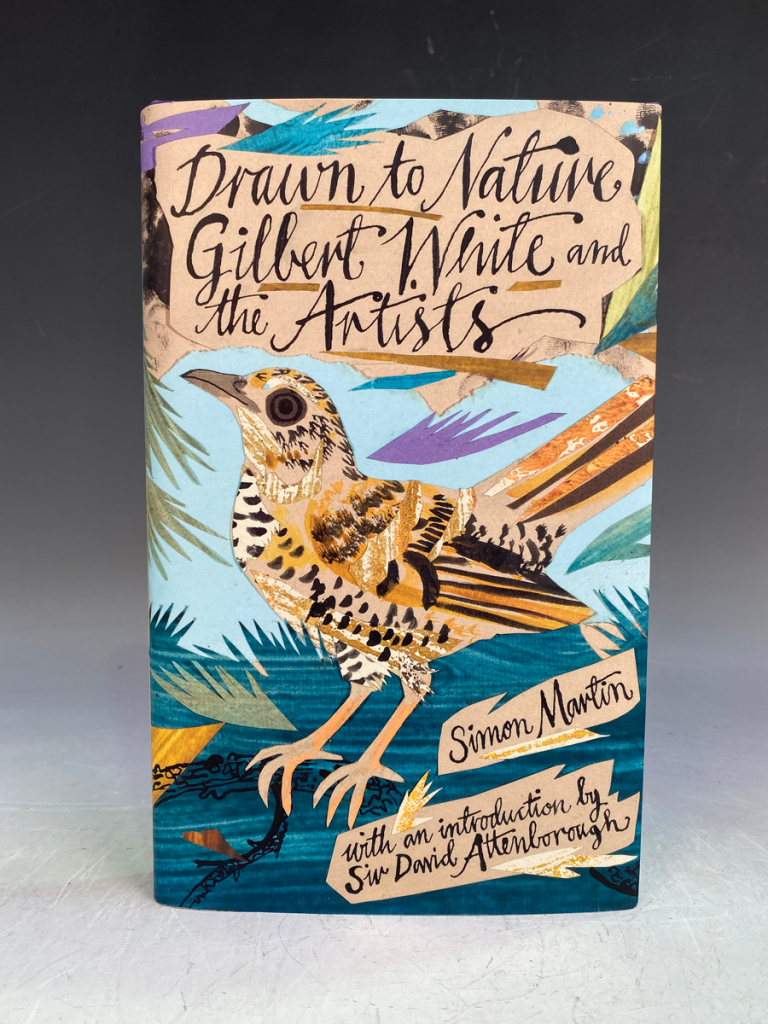
Gilbert White would live at Selbourne for most of his life and his work is a reminder that we can journey far by remaining in the same place.
Simon continues “As a man of the cloth one of the things that comes across is White’s reverence for nature and the natural world.”
In the poem an invitation to Selbourne, Gilbert White wrote:
‘See, Selbourne spreads her boldest beauties round
The varied valley, and the mountain ground,
Wildly majestic!’
Simon explains that he went to Selbourne some three years ago “Gilbert White’s house has such a wonderful atmosphere, particularly with the garden and the walk up to the hanger. But my route into Gilbert White was through the Modern British artists, people like Eric Ravilious, Clare Leighton and others. I’d seen prints and illustrations by these artists whilst working on them for individual exhibitions and projects. I realised so many artists have been influenced by, and illustrated White’s work. Sitting quietly behind some of our greatest cultural achievements is the observation of nature.” This lavishly illustrated book presents a series of essays, images and commentaries inspired by White’s writing including the contemporary cover illustration and end papers designed by Mark Hearld.
Simon describes how in of White’s writings his observations “occupy a place in the narrative structure … [with] a rare combination of scientific precision, poetic narrative and conversational anecdote.”
These words might also describe Simon Martin’s own approach to this beautiful, insightful and delightful book which is available from Pallant House Gallery and the Steyning Bookshop.
To find out more about what’s on at the 2022 Steyning Festival and to book tickets visit www.steyningfestival.co.uk.
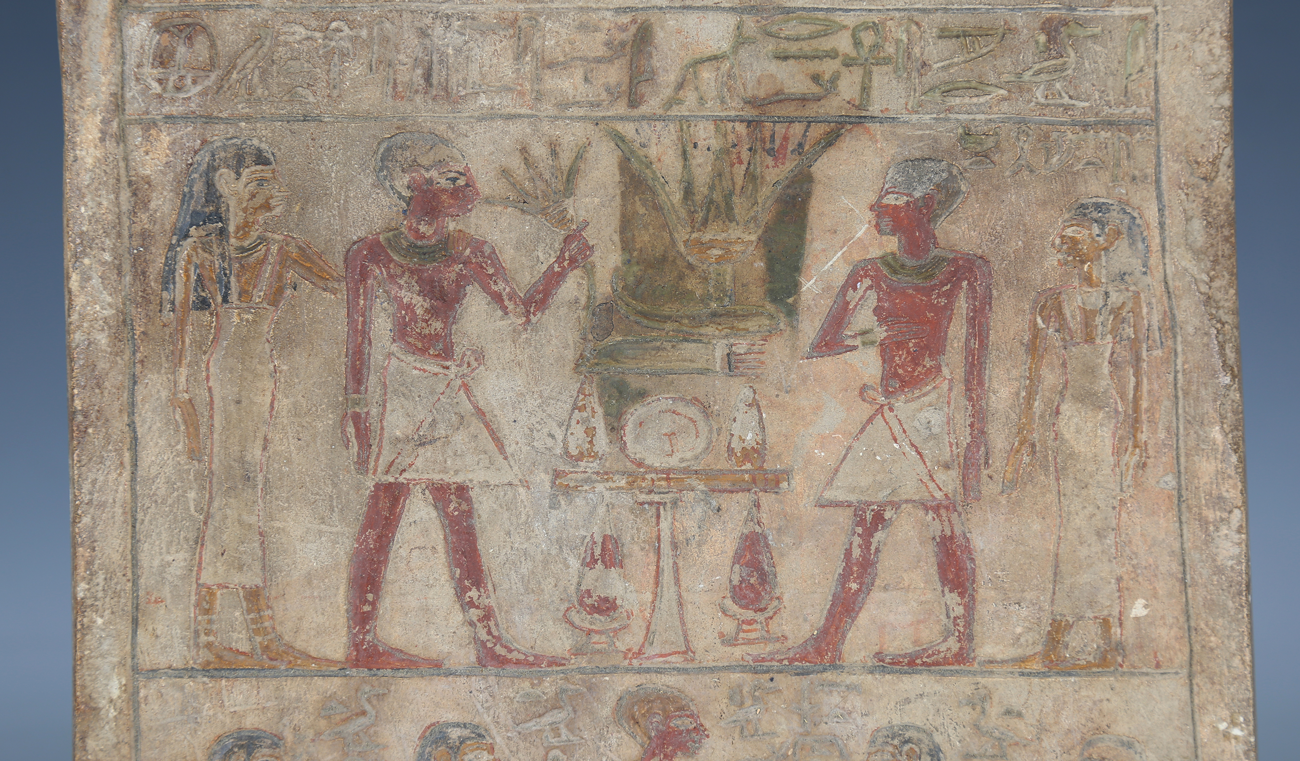
This week I am in the company of Toovey’s Antiquities specialist, Mark Stonard, who has just discovered a rare Egyptian stela from the Middle Kingdom which dates from circa 1850 BC.
He explains that a stela is a slab used in the ancient world primarily as a grave marker but also for dedication, commemoration, and demarcation.
The Middle Kingdom saw a flourishing of the arts and Egyptian power under the Pharaohs. It lasted from 1975 BC to 1640 BC. The Middle Kingdom was the second peak period of the Ancient Egyptian civilization (the other two being the Old Kingdom and the New Kingdom). During this time all of Egypt was united under a single government and Pharaoh.
The owner, a private Sussex gentleman, discovered the grave marker amongst his late Father’s possessions. Mark says “The family had always known of it and brought it to Toovey’s to be authenticated together with other antiquities including flint axes which had been acquired by the gentleman’s grandfather.”
He continues “It is unusual to have this quality of pigmentation and colouring remaining. It is of a more standard type of grave marker, so someone from middle society, the higher classes would have had black marble or black basalt grave markers while this is a sandstone example, easier to carve and easier to produce. But, it’s still an astonishing survivor.”
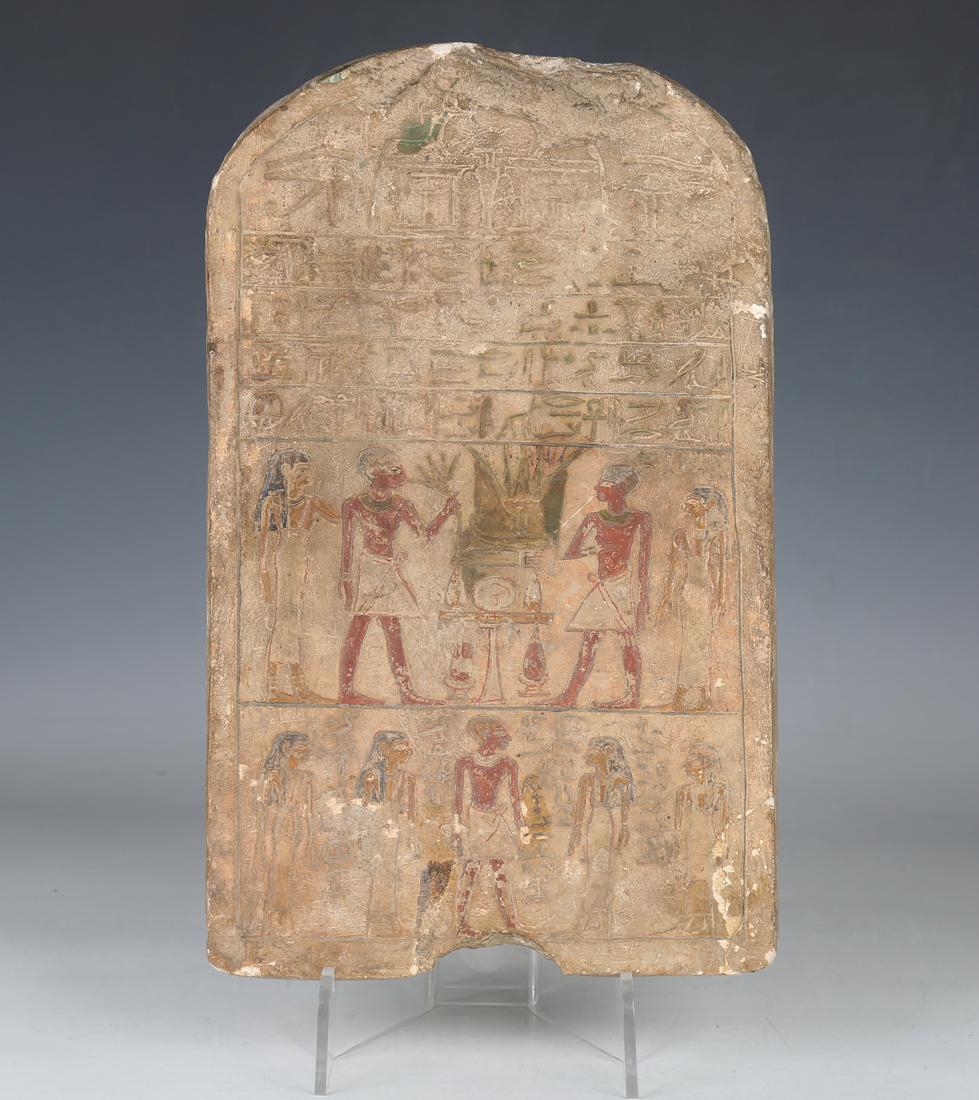
The script is a standard formulaic offering from the King to the funerary deity Ptah-Seker-Osiris of bread, beer, meat, fowl, clothing, alabaster and “every good and pure thing on which a god lives”. This is followed by the name of the deceased, Nebnetjeru, whose title shows that he was a judge. It also tells how his name is kept alive by his beloved son who recites the offering.
Beneath this inscription we see a table laid with other offerings including a lotus flower. He and his wife are shown on one side with his son and a daughter on the other.
I comment that it is remarkable that you can even pick out their eyes with that crisp white. Mark agrees “Amazing really, they’re beautifully drawn. There is something very contemporary in the depiction of the figures. It is quite possible that this was fashioned into a wall or a shrine inside a tomb. This is an exciting thing and almost 4000 years old.”
I ask Mark what the pre-sale estimate is for this remarkable object and he responds “£15,000 to £20,000.” The Egyptian grave marker will be auctioned on 7th July and entries are still being invited for this specialist auction of antiquities.
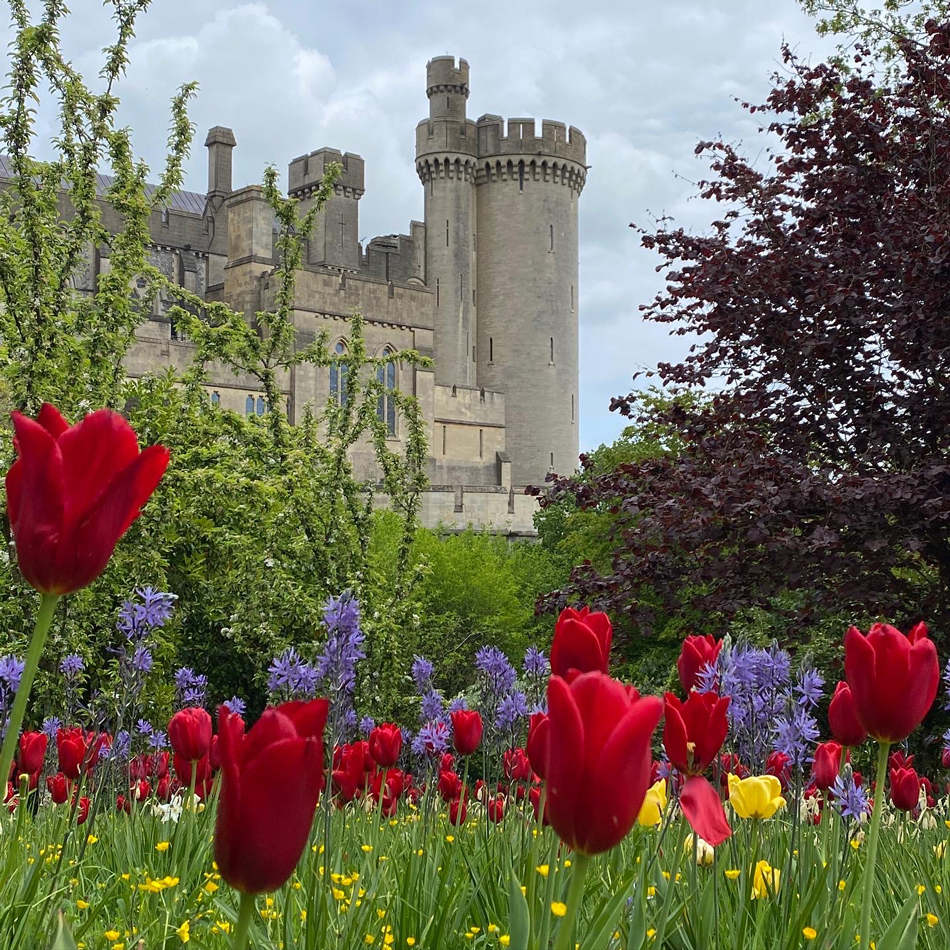
It is a perfect English spring morning, bright and crisp, as supporters of the Sussex Heritage Trust gather in the Collector Earl’s garden at Arundel Castle.
We are greeted by Castle Manager, Andrew Lewis, and Arundel Castle gardeners Rose Philpot and Izzy McKinley.
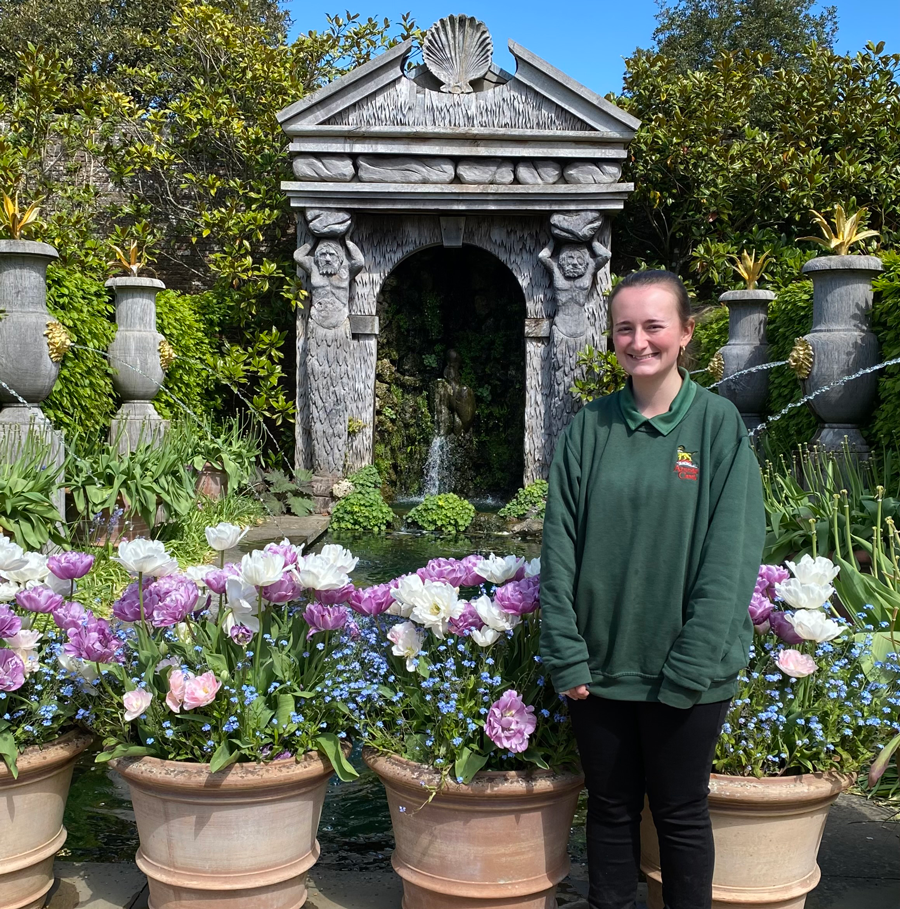
We set out in the company of Rose Philpot and are met by lines of apple trees covered in soft pink blossom amongst a carpet of blue camassia and tulips. The naturalistic planting frames the views of the castle. Rose explains “We lift the tulips in the borders and the pots but leave them in the grass areas. We’ve planted tens of thousands of bulbs and tulips!” The spectacle is breathtaking. It is apparent that this talented young gardener is also a gifted plants woman as she effortlessly guides us through the planting. She constantly refers to Head Gardner, Martin Duncan, and her respect for him quickly becomes apparent.
We pass a stumpery and box cloud hedge which leads us gently downhill to the award winning Stew Ponds. About four years ago Martin Duncan redesigned the historic stew ponds at Arundel Castle. Using the original framework of ponds, in which the Castle and Friars would have kept fish for eating in stews, it has been given new life with a naturalistic quality. The emphasis is on wildlife attracting insects, butterflies, bees and wildfowl. The Duke of Norfolk and Arundel Castle were delighted to receive the Sussex Heritage Trust Award for Gardens and Landscape in 2020. As we arrive at the stew ponds Rose points out the award which is proudly on display.
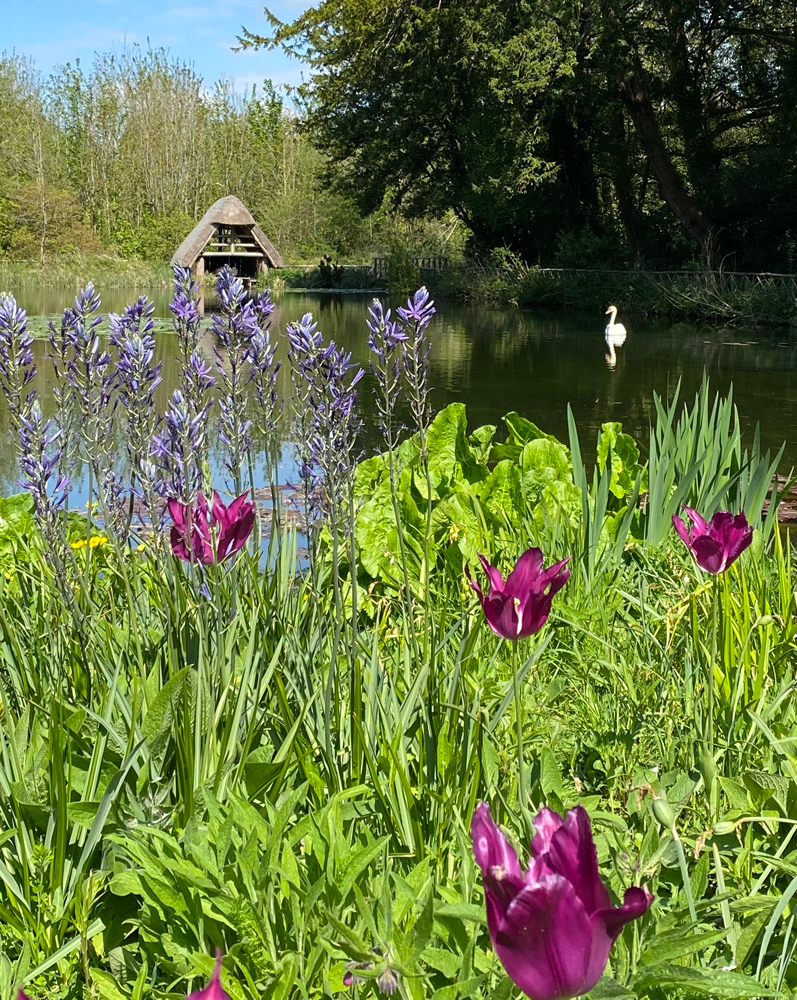
Rose explains how the boathouse you see in the distance was designed by Martin. The timbers were sourced sustainability, mostly from the Estate’s woodland. In the gentle breeze the dance of light on the ripples of the pond is reflected in the naturalistic planting as a Swan glides across the water.
Returning to the Collector Earl’s gardens we come across the water feature which is exotic and unexpected. Rose points out a series of pots overflowing with tulips as she recites the varieties – “Tulipa Angelique, Mount Tacoma and Blue Diamond”.
Rose’s story is hope-filled. She discovered her passion for gardening on work experience in the castle gardens. She volunteered and worked in the gardens whilst she trained at Plumpton and was eventually offered a full-time job. Her career is progressing at Arundel and she has been given responsibility for looking after the stumpery, herbaceous, Round House and cut flower gardens which she speaks about with a real sense of ownership and a gardener’s delight.
The Sussex Heritage Trust’s work is important in promoting best practice in our county’s built environment and landscape whilst encouraging and supporting talented young people into careers in conservation, building and horticulture. To find out more about the work of the Sussex Heritage Trust and Arundel Castle’s extraordinary gardens visit sussexheritagetrust.org.uk and arundelcastle.org.
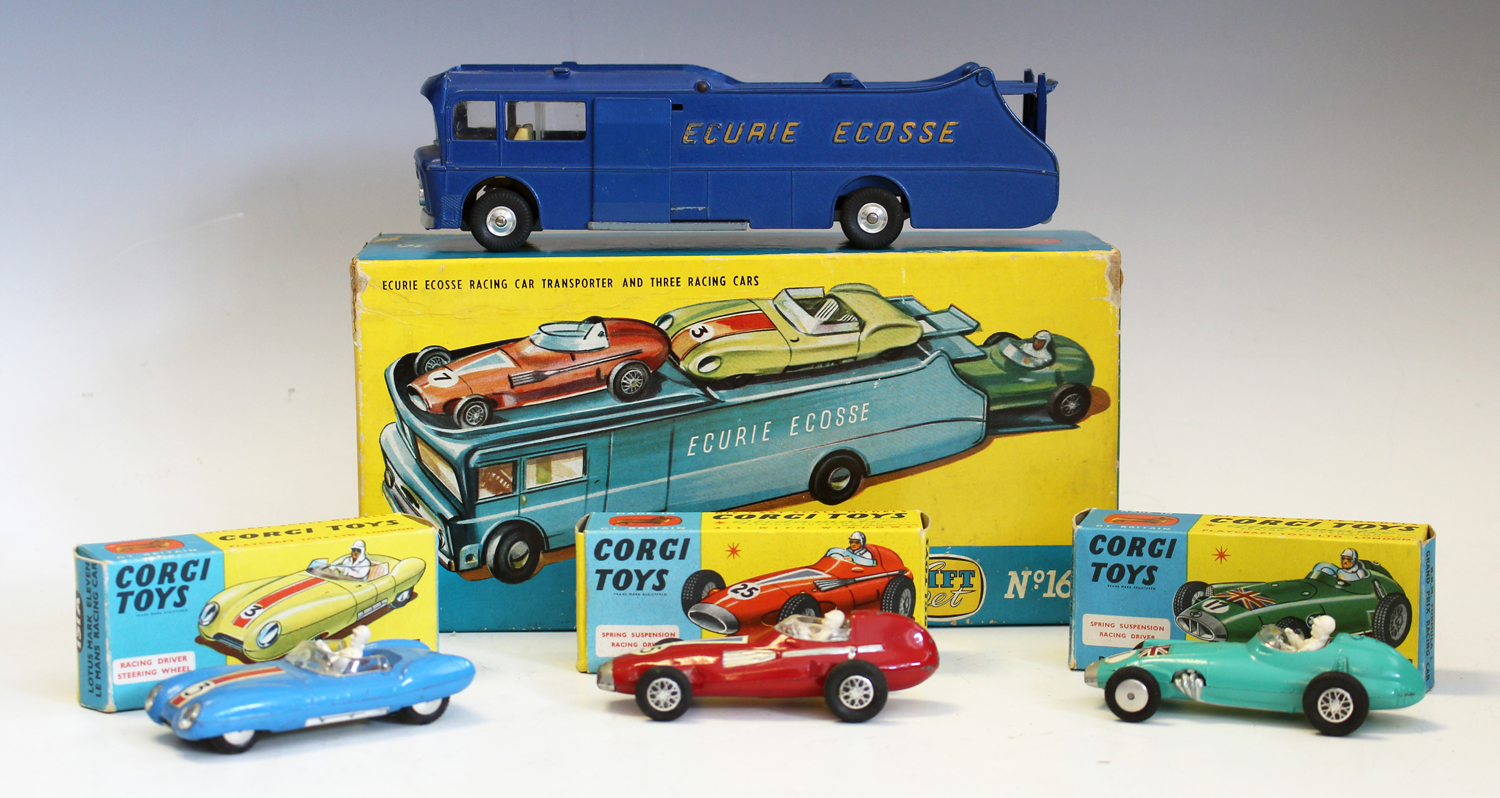
The motoring enthusiasts who turned out in such numbers for the Goodwood GRRC Members’ motor racing weekend are also passionate about motoring collectables.
Enamel signs, Dinky and Corgi cars, car mascots, models, motoring postcards and photographs, early lights, picnic sets and all things related to motoring delight the enthusiast.
The 1965 Corgi Major no.16 boxed Ecurie Ecosse racing car gift set gives a window into motor racing in the 1950s and 60s and the sort of cars that would have raced at Goodwood.
Eccurie Ecosse were an Edinburgh based motor racing team founded by the businessman and racing driver, David Murray, and mechanic, Willie Wilkinson. Their famous double decked car transporter allowed the team to carry three cars complete with a mobile workshop to race weekends.
Alongside the cars from the British racing teams BRM and Vanwall the set included a Lotus XI. It was designed by Colin Chapman. The sleek, aerodynamic body was designed by Frank Costin and the Le Mans version, powered by an 1100cc Coventry Climax Engine, achieved 7th in the 1956 24 Hors Le Mans race.
Condition is so important to price with toy cars and although the set was in good overall condition there were signs of paint loss and creasing to the boxes. Although a little play worn it still sold at Toovey’s for £200.
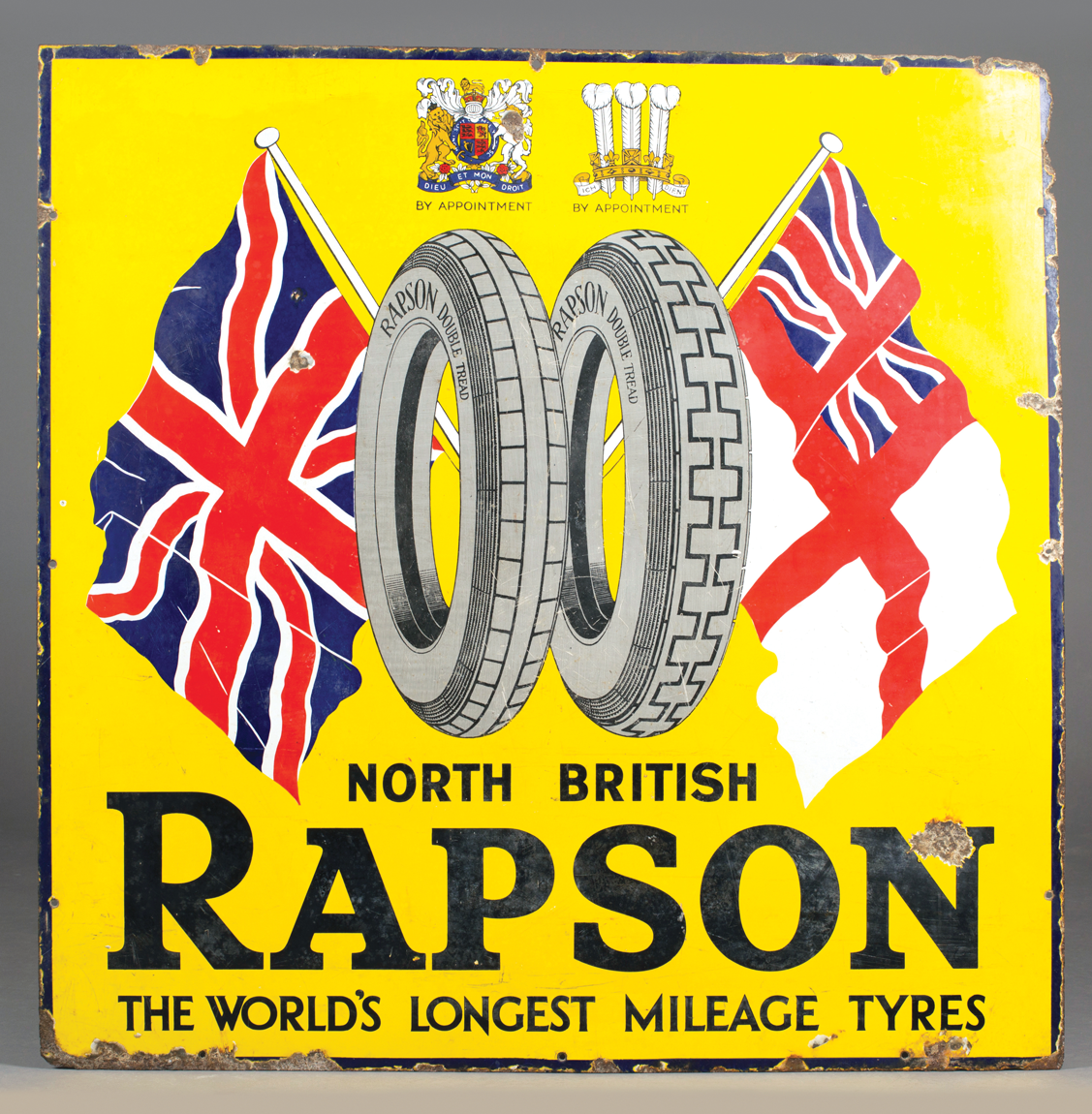
In the 1920s Mr Frederick Lionel Rapson, an automotive designer and manufacture, released the Rapson unpuncturable tyre amidst much disbelief and controversy. It was used to equip some of the fastest racing cars, on both road and track. The rare enamel advertising sign makes the claim of the world’s longest mileage tyres beneath the Royal Arms of HM King George V and Edward Prince of Wales. £3200 was paid at Toovey’s marking condition and rarity.

In the same sale was the Morris Distributor double-sided enamelled advertising sign which made £850. I hold the Morris marque in some affection. Like many of us my parents and grandparents had a succession of pale blue Morris Travellers when I was growing up. The interiors always had a wonderful smell and moss always seemed to grow in the sliding rear window panels held in the comforting wooden frames. We would venture out from Horsham on Sundays to the Sussex Downs or Goring-by-Sea for a walk, always followed by tea made on a picnic Gaz stove in the boot by my Grandpa’s Traveller and a slice of pink iced sponge cake.
With memories of motor racing and family outings no wonder motoring collectables remain so evocative and popular.